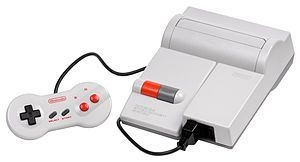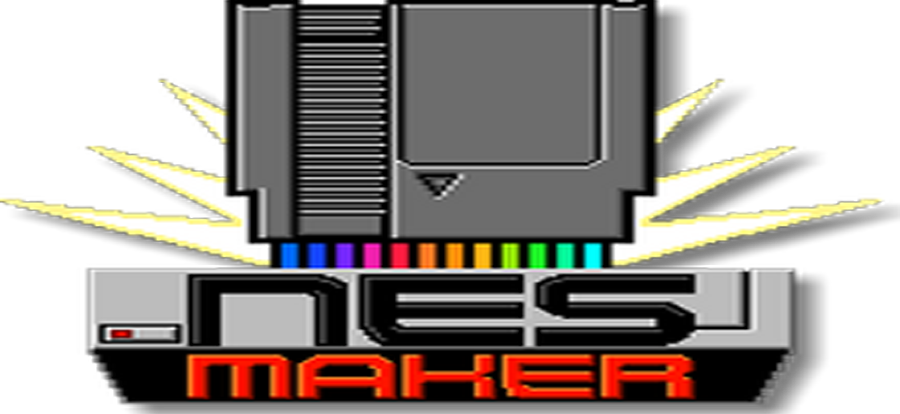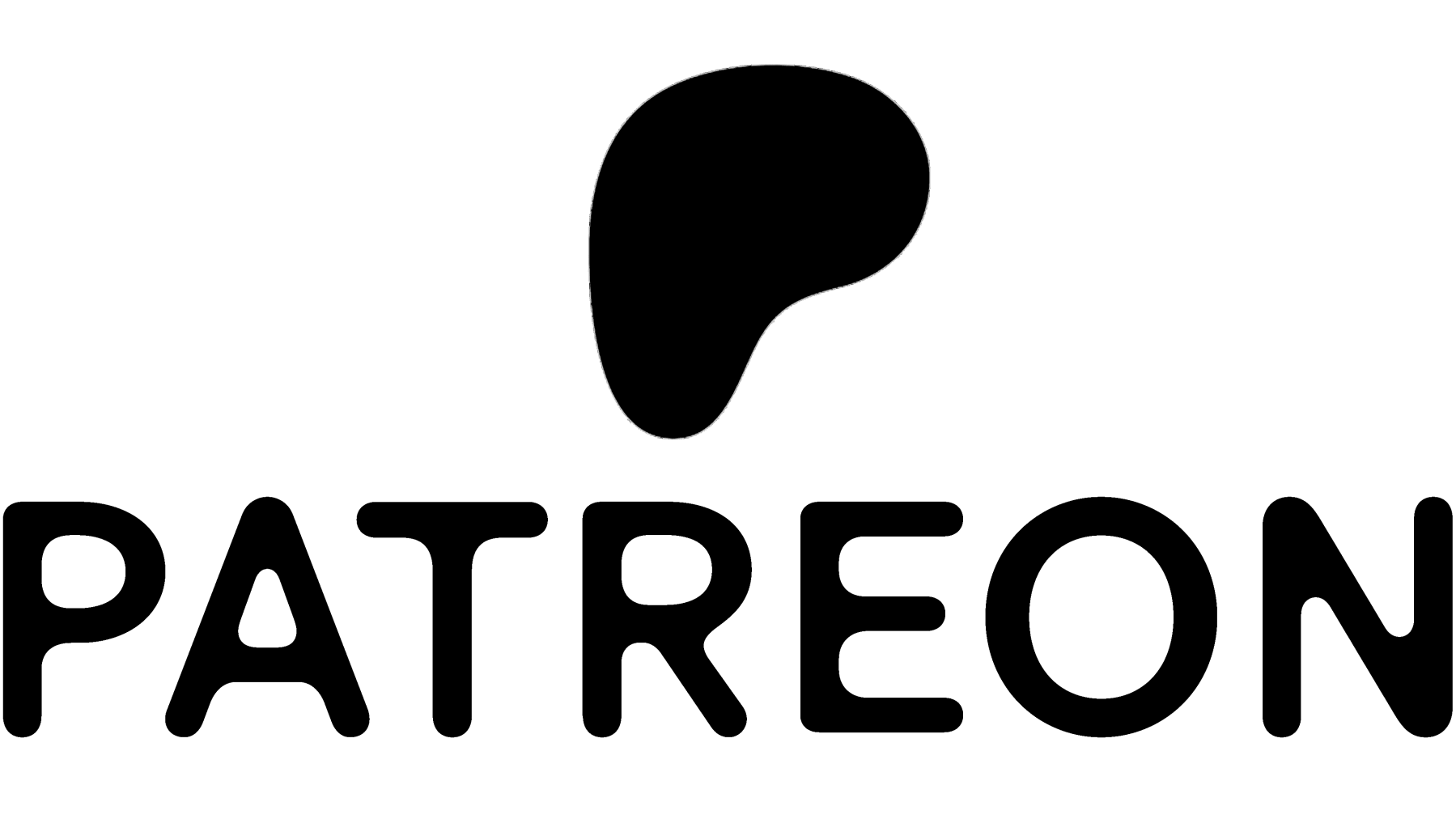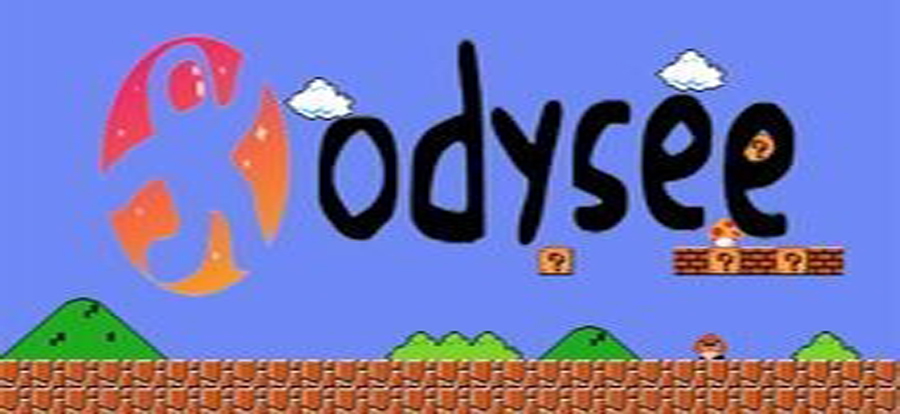

Nintendo Entertainment System (Model NES-101)
From Wikipedia, the free encyclopedia
NES-101 NES-101-Console-Set.jpg
The NES-101 control deck alongside its similarly redesigned NES-039 game controller.
Manufacturer Nintendo
Type Video game console
Generation Third generation
Release date
NA: October 15, 1993
JP: December 1, 1993
AU: 1994
Media ROM cartridge ("Game Pak")
CPU Ricoh 2A03 8-bit processor
Graphics Ricoh 2C02
Controller input 2 controller ports
Predecessor Nintendo Entertainment System NES-001
Successor Super Nintendo Entertainment System (Model SNS-101)
The NES-101 model of the Nintendo Entertainment System (informally known as the NES 2, the top-loading model, or simply the Top Loader) is a compact, top-loading redesign of the original Nintendo Entertainment System video game console released by Nintendo in 1993.
Nintendo marketed the NES-101 model as the Nintendo Entertainment System Control Deck, exactly the same as the original NES-001 model, only with a "new design" logo on the packaging. It retailed in North America for $49.99 USD (equivalent to $83.39 in 2016). This was at a significantly lower price than the already released Super Nintendo Entertainment System. The NES-101 model is stylistically similar to the HVC-101 model of the Family Computer, which was released in Japan at roughly the same time, but differed in several ways. The NES-101 controller design is very similar to the Super NES controller. The major differences are that it has two face buttons instead of four, no L and R shoulder buttons, and is thinner in the middle. This controller, due to its shape, is often nicknamed the "dogbone" or "doggie" controller.
Control Deck (model NES-101)
Redesigned controller
The external appearance of the NES was greatly overhauled and restyled to align its looks to the North American Super Nintendo Entertainment System and to address a number of commonly cited ergonomic problems of the original NES-001 model. The case design was by Lance Barr, who also designed the NES-001, the SNS-001 and the SNS-101.[2] The power and reset buttons, while never a problem with the original design, now matched the curvature of the new look. The NES-101 does not have an LED power light to indicate the unit is on, as the original NES-001 and SNS-001 included.
The most obvious change in the redesign was the removal of the cartridge-loading system that caused trouble in maintenance and game-swapping when using the NES-001 model. In that system, the user had to first open the lid of the case, slide in the cartridge, then press it down. The large space inside allowed plenty of room for dust to settle and the contact heads were almost impossible to access and clean without disassembling the system or using the official cleaning kit. Wear and tear was another problem; with continued use, the precision of the mechanism deteriorated and the user would have to poke and nudge at the cartridge to move it to a position that would be read correctly. The NES-101 returned to the standard top-loading method, used by almost all cartridge systems before and since for its ease and reliability.
The design of the game controllers was changed. These were officially known as NES-039 model controllers and informally known as "dogbone" controllers. They were packaged with the system and also sold separately. The controllers were restyled to resemble the SNES controller, with rounded edges that fit more ergonomically in the hands than the old rectangular design (NES-004). The NES-039 model controller does not fit in R.O.B.'s controller slot because of this ergonomic change. The A and B buttons were also set at an angle to mimic the SNES controller as well as provide better ergonomics. The original NES-004 controllers and the NES-039 controllers are interchangeable between the original NES-001 model and the NES-101 model, as they use the same controller ports.
The 10NES authentication chip was completely removed from the system in an effort to eliminate the blinking red power light problem associated with it in the original NES. The removal of the 10NES chip also allows the system to play games that are unlicensed and/or from different regions such as Europe, something NES-001 systems cannot do without a hardware modification. A minor side-effect is that Nintendo World Championship will not work properly since it needs to know when the console is reset in order to go back to the menu. This signal is only provided by a working 10NES on official hardware.
The external RF modulator for the AV Famicom
The RCA composite video output and audio jacks were removed from the system as well; an RF connection is the only way to connect the system to a television unless one has the console modified to add composite output. The original video amplifier circuit path on the motherboard was poorly designed and created faint "jailbar" interference patterns in the game image.









